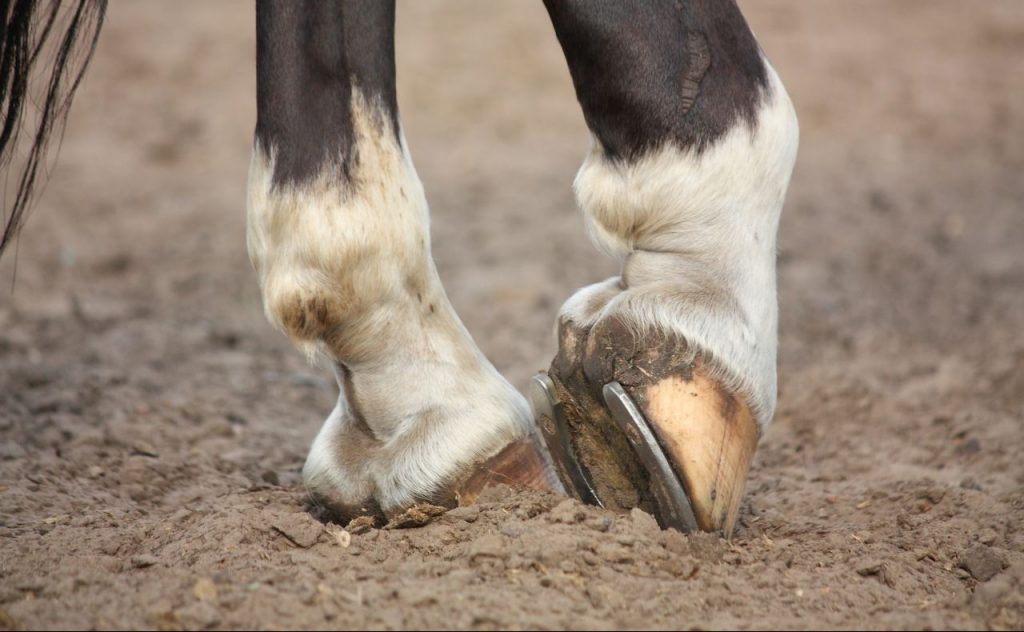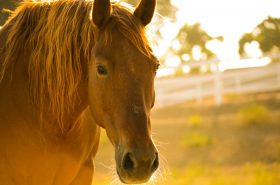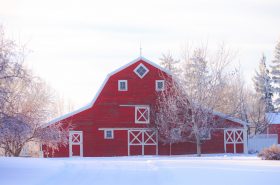Lameness is one of the top health-related issues horses experience and chances are, your horse has or will experience it at some point in his life. Of course, lameness can have multiple causes, but keeping your horse’s legs healthy can go a long ways in keeping him sound.
Warm Up and Cool Down
A good warm up routine isn’t just good for your horse’s muscles and attitude; it can also help to reduce the amount of strain placed on tendons and ligaments in the legs. The type and length of the warmup will depend on the discipline your horse participates in, as well as the ground conditions of that particular discipline, but always incorporate an appropriate warm up routine, no matter the time of year.
By the same token, a cool down is just as important as this allows muscles to stretch, relax, and release lactic acid so they can be flushed out of the body.
Keep on Top of Hoof Care
Good hoof care is a crucial part of keeping your horse’s legs healthy; the shape and length of your horse’s feet can affect his movement and in some cases, place more strain on the tendons and ligaments of the legs. The appropriate length of the shoeing or trimming cycle will differ between horses and the environment he lives in, but most horses should not go over 6 weeks between trims. Four weeks seems to be more ideal in most cases.
Leg Protection
Leg protection in the form of wraps or leg boots can also help to support the ligaments and tendons of the lower legs. These types of products are especially useful in high impact disciplines such as jumping, barrel racing, or reining.
If using boots, it’s important that they fit correctly and wraps also need to be applied correctly. No matter which you go with, keep in mind that you should only use them when the horse is undergoing intensive activity and remove them soon after to avoid heat build up in the ligaments and tendons. Studies have shown that the core temperature in the flexor tendons can increase between 43-46 degrees Fahrenheit after intensive exercise which may lead to breakdown of associated fibers.
Cold Water Therapy
Cold water therapy isn’t just good for treating new injuries or managing older ones; it’s also a great way to cool the legs down and reduce any slight swelling that may occur after intense exercise. In turn, this may very well help prevent future problems in the legs. Just make sure to keep a cold stream of water on each of your horse’s legs for several minutes.
Love this blog post we think you will like Becoming Your Horse’s Hoof Care Provider




